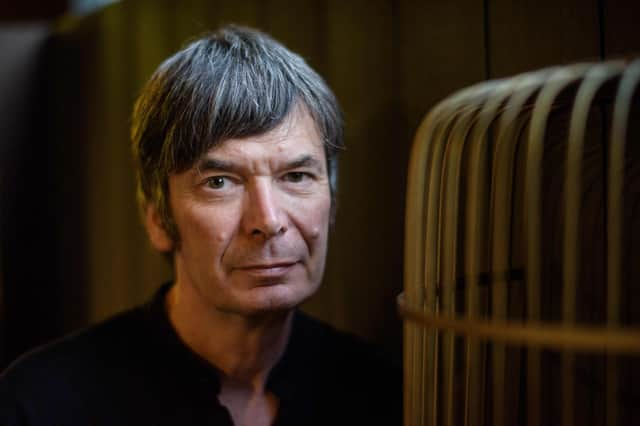Greenbelt protection probably Edinburgh’s biggest political hot potato - David Alexander


Although this pastime regularly takes him to many parts of Scotland and, occasionally, over the Border, he is particularly knowledgeable about the countryside just west of Edinburgh’s built-up area, where he can walk for mile after mile along country lanes, tracks and paths, through woodland and even over some hills … without ever having to go beyond the city boundary.
In urban terms Edinburgh starts in the west at Maybury Junction and ends in the east at Joppa, but thousands of, largely rural, acres generally west of the bypass also come within the jurisdiction of the city – a result of wider local authority reorganisation across Scotland back in 1975.
Advertisement
Hide AdAdvertisement
Hide AdSince then the rural nature of this area has been closely protected and at the time of writing, the city council’s planning committee appeared to have backtracked on earlier suggestions that certain greenfield sites could be designated as suitable for future housing development.


As you can imagine, this being Edinburgh, even a consultation on the issue resulted in howls of disapproval – indeed enough howls to prevent any further discussion on building up to 2,000 houses close to Jupiter Artland, the well-known sculpture park near Ratho. Among those who firmly voiced disapproval were such luminaries as celebrity artist Tracy Emin, Anthony “Angel of the North” Gormley and Rebus author Ian Rankin. And it seems that any other greenfield housing (a site close to the airport excepted) is dead in the water too, with the council’s planning convenor emphasising that future growth would be focused on brownfield sites within the existing urban area.
But will this be sufficient to meet anticipated future population –and with it housing - growth, especially as brownfield sites only stack up commercially as flats when the overwhelming desire, certainly among families, is for a house with its own front and back door?
And if brownfield sites alone cannot meet these perfectly-understandable aspirations, how will folks who wish to live as well as work in Edinburgh, be accommodated?
The desire to protect rural west Edinburgh (which includes portions of productive agricultural land) is in many ways understandable. But new-build within the area need not necessarily lead to great swathes of “Brookside-type” estates. There are already a number of completed schemes whereby redundant farm steadings have been brought back to life as housing – providing family-type homes while not impinging on the character of the area. Is there not scope for more developments of this nature, in addition to new-build structures that replicate more traditional rural properties?
Greenbelt protection is probably Edinburgh’s biggest political hot potato, certainly among the chattering class, who seem to have louder voices than more ordinary couples who would prefer to live in a house with a garden for their children to play in rather than three storeys up a close.
Across Britain, homeowners whose kitchen windows look out onto green fields or woodland tend to be very protective about their immediate environment (even if their properties stand on what had been a green field less than 20 years earlier). And their voting power became apparent earlier this year when the Conservatives lost the safe seat of Chesham and Amersham, just outside London, to the Liberal Democrats largely because of fears of more local virgin land being given over to housing. Now the Tories are in a dilemma of how to meet the demand for additional accommodation while not alienating their urban, middle-class vote in locations where more developments are in the pipeline.
Although the situation is not quite so critical in Scotland, sentiments are largely the same. And because of this I fear decisions about using greenfield sites as part of the solution to Edinburgh’s housing shortage, will continue to be judged by politics rather than reason.
David Alexander is managing director of DJ Alexander
Comments
Want to join the conversation? Please or to comment on this article.